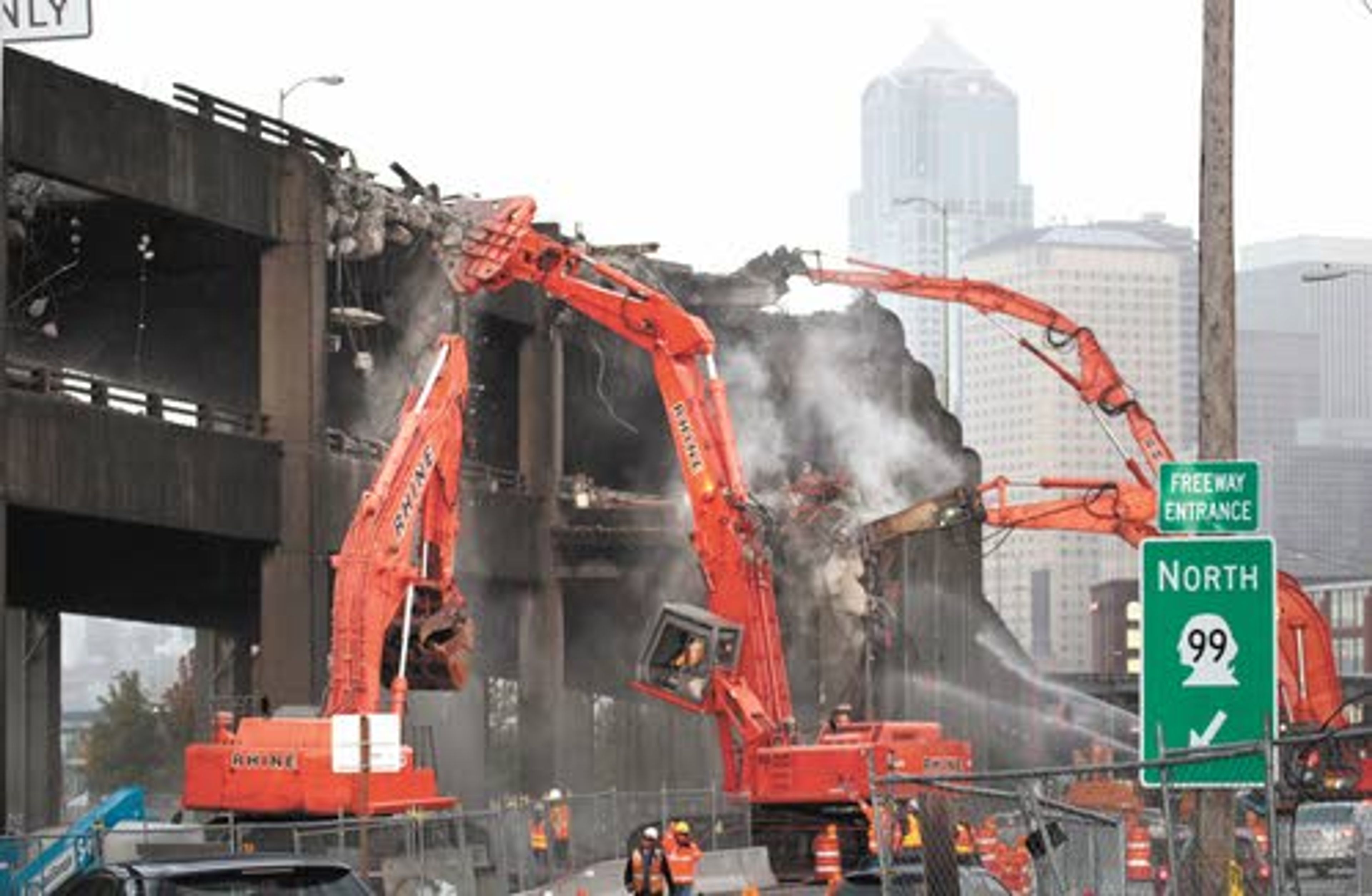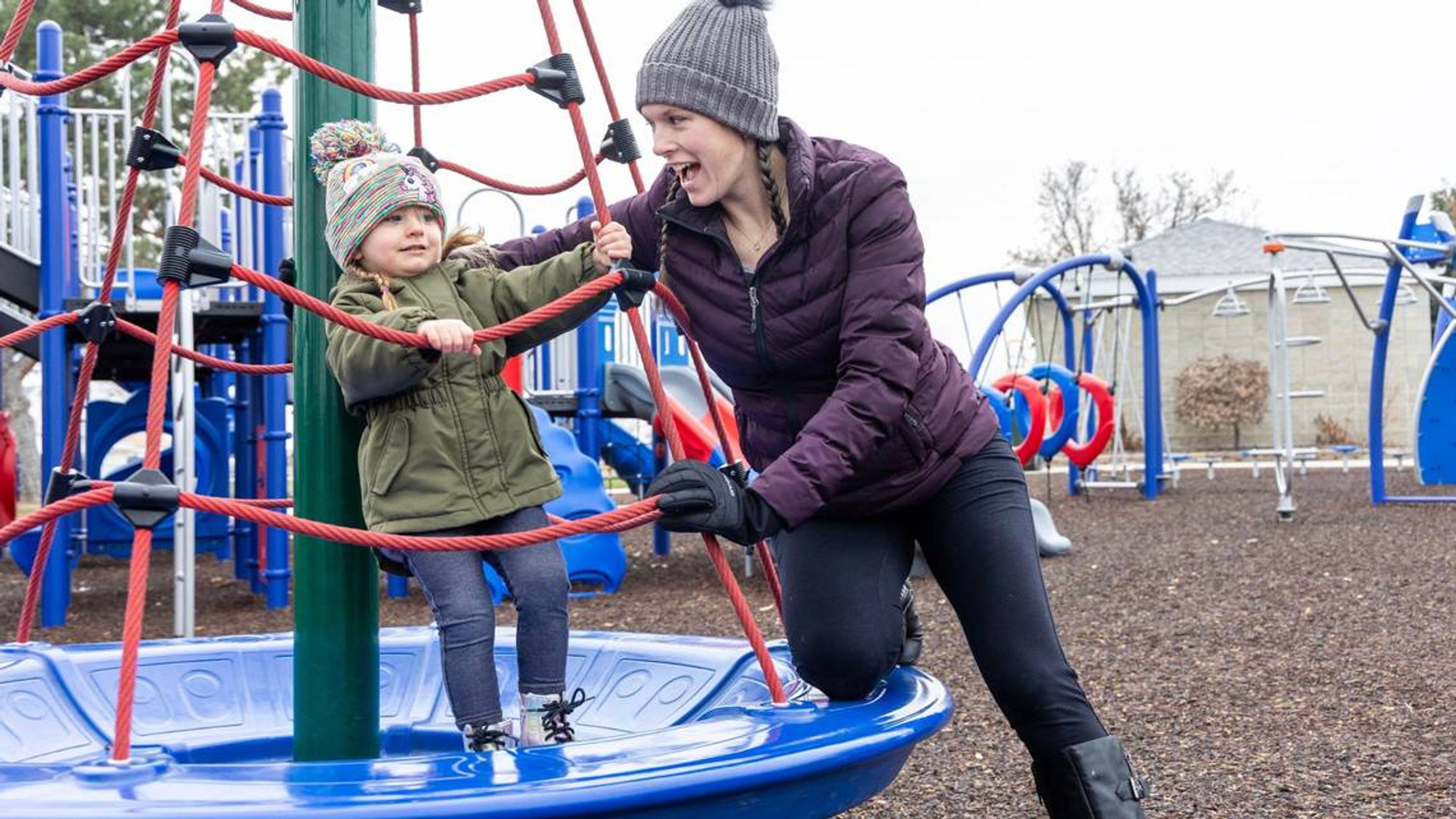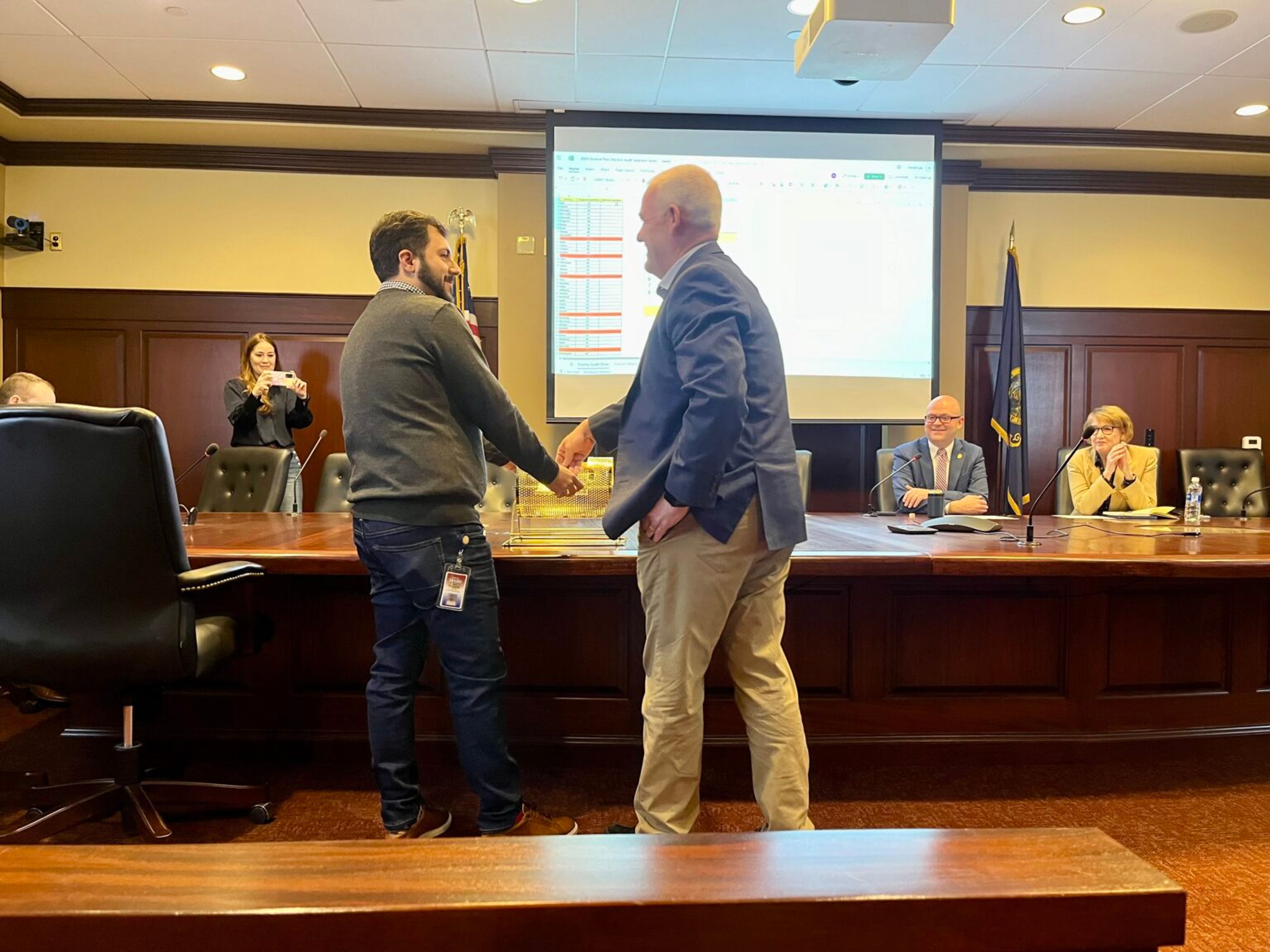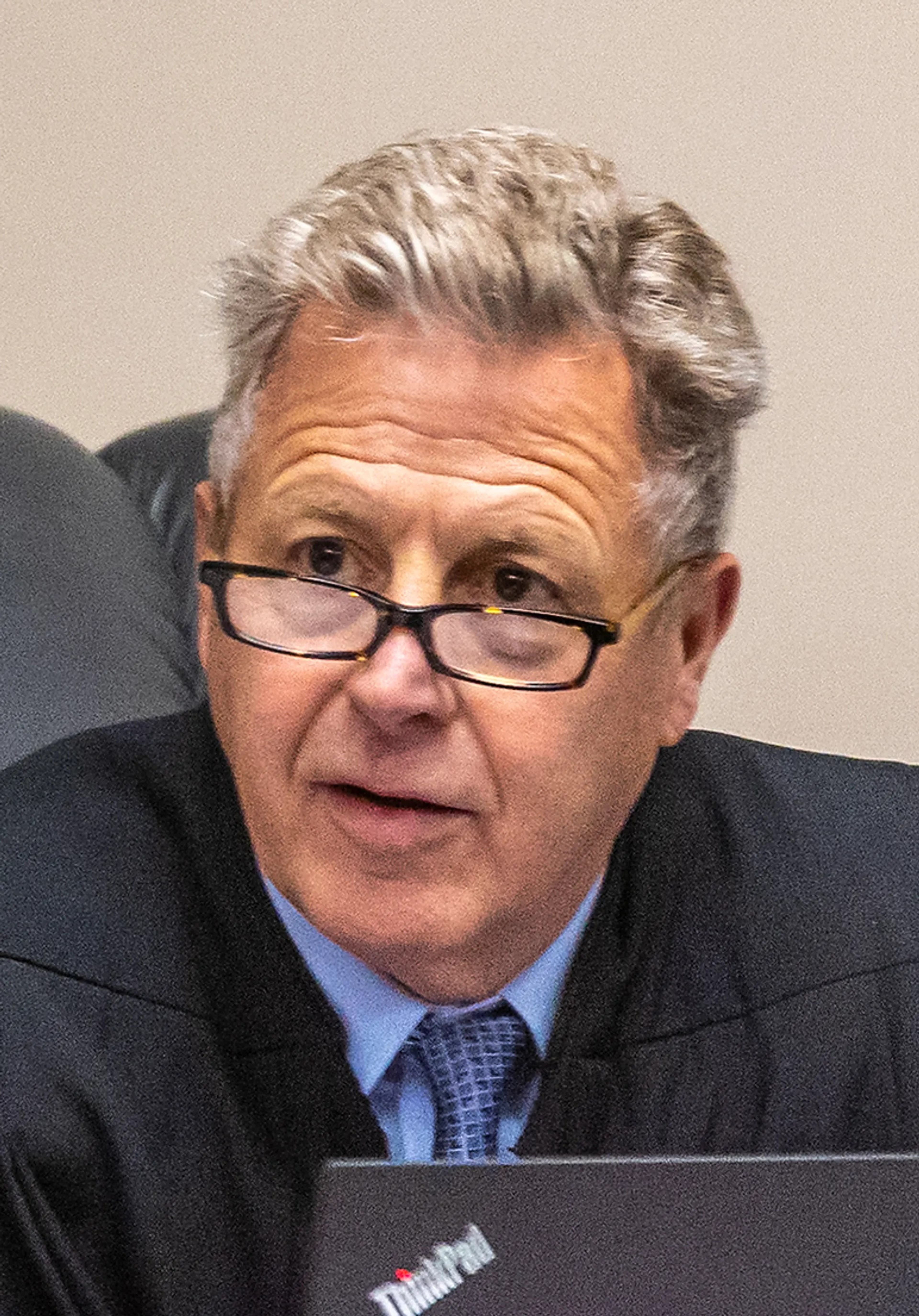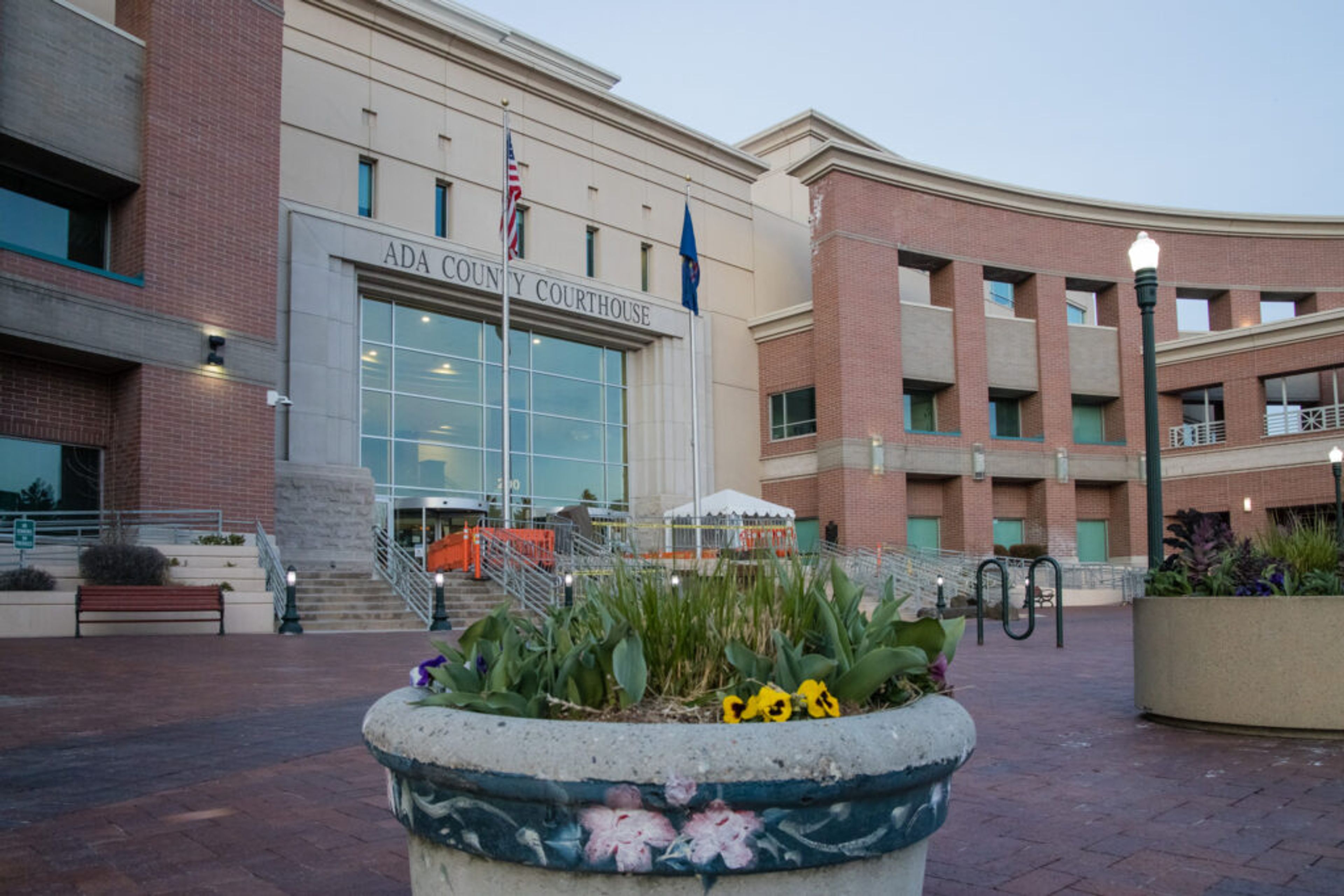Seattle survives Day 1 of 'Viadoom' traffic
Commuters find ways to get around Alaskan Way arterial
SEATTLE - Seattle workers hopped buses, climbed aboard water taxis and started their day early - whatever it took to survive their first weekday commutes following the closure of one of the city's main north-south highways.
Transportation officials reported heavier than usual traffic during the Monday morning and evening commutes on some arterial streets and other major highways - including Interstate 5 - as commuters dealt with the new reality.
Morning and evening sailings on a water taxi across Elliott Bay linking West Seattle and downtown were packed. Afternoon commuters began lining up for seats at 3 p.m. Buses were reported full as well.
Authorities began a nine-day closure of the elevated Alaskan Way Viaduct last Friday evening. The aging, earthquake-vulnerable highway normally carries 110,000 vehicles a day. It's being partially demolished as part of a $3.2 billion project to replace it with a tunnel under downtown Seattle.
Commuters have been prepped with a drumbeat of warnings about the highway shutdown dubbed "Via-doom."
"I'm sure it's for the greater good," interior designer Maeriel Mumpar, 28, said of the warnings as she rode a water taxi home to West Seattle. Still, she said she was surprised at how easy her Monday commute had been. She had an uneventful bus ride to work Monday morning and didn't have to wait long for the water taxi Monday evening, despite long lines of fellow commuters.
Still, transportation officials cautioned against complacency.
"Drivers did a good job of adjusting their commutes, taking the bus, leaving earlier or working from home," said Matt Preedy, Alaskan Way Viaduct replacement program deputy administrator for the state Transportation Department. "We need drivers to continue finding alternate ways to reach their destination through next Monday to keep regional traffic moving."
Demolition crews completed knocking a giant top-to-bottom "hole" all the way through the viaduct Monday, state transportation officials said. Once the hole is large enough, crews can start work on a surface-level road that will curve through the area where that part of the viaduct once stood.
Transportation officials good-naturedly provided a "Viadoom" link to some dramatic demolition video.
Monday morning's commute started off with heavy rains and two collisions on Interstate 5 - the only other north-south highway through Seattle. But some drivers appeared to have delayed their commute into the 8 o'clock hour, said Kris Olsen, a state Transportation Department spokeswoman.
"When you take a north-south corridor out of commission, you throw a lot of traffic on different highways," Transportation Department spokesman Travis Phelps said. "We expected a regional impact and we did see that."
Backups in the city's West Seattle neighborhood were especially noticeable for drivers, who saw a long line of taillights when they pulled onto the West Seattle Bridge in the 7 a.m. hour.
West Seattle accountant Diane Cryder usually takes the bus but hopped on the water taxi for the first time Monday, hoping to avoid the traffic.
"We don't move traffic on a good day," she said, deciding going by boat would be the quickest way to get to her downtown job.
Tanya Baer, who lives in West Seattle, was so worried about traffic Monday that she packed a bag Sunday and went to stay with her sister-in-law in Ballard, a neighborhood north of Seattle's downtown. She planned to take the bus Monday.
Transit officials added extra spaces at park-and-ride lots near public transit, put more buses on the streets and encouraged people to stagger their work day or work from home.
Sheilah Sullivan and a friend telecommuted from their West Seattle neighborhood coffee shop.
"I feel like I'm on an island that I can't get off of," she told KING TV. "Kind of like Gilligan's Island."
Austin Hill heeded warnings and left for work an hour early Monday morning. Taking two buses from West Seattle, he got to work without a hitch.
"I imagine it will get worse later in the week, but so far, so good," said Hill, a software engineer.
